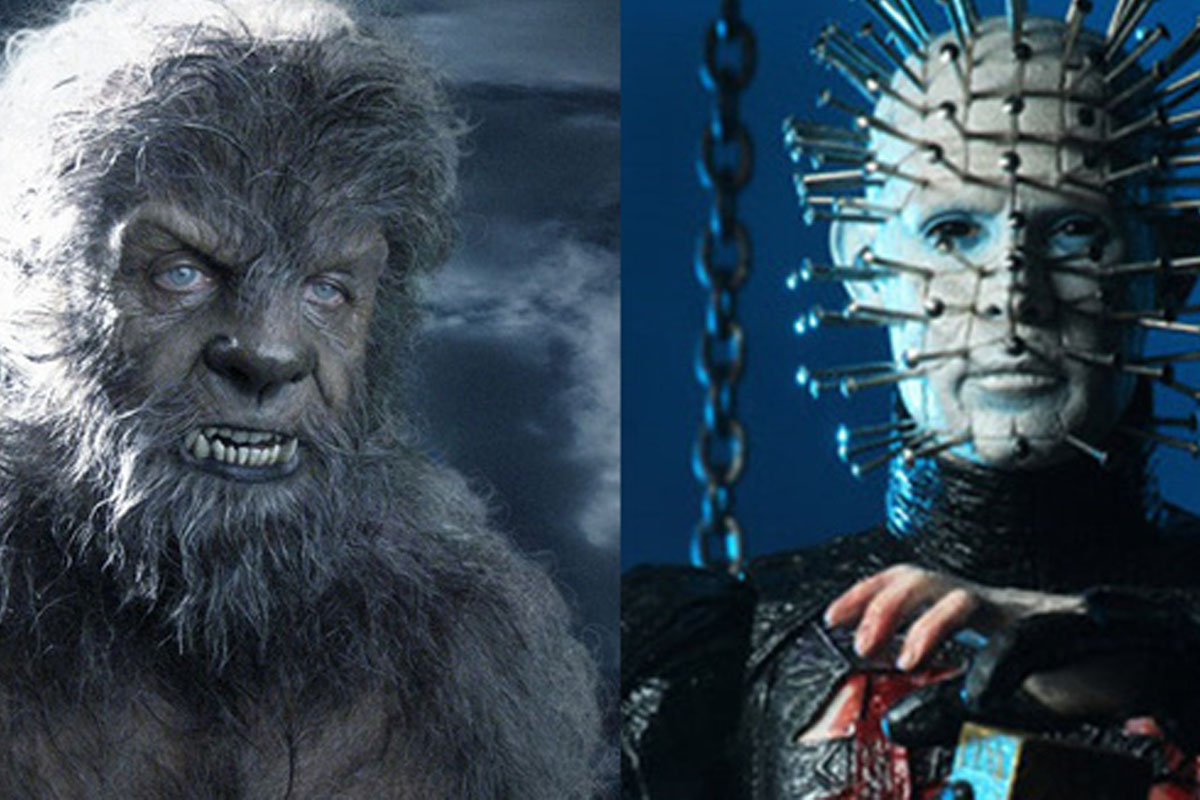During the development of decades, the horror series has spread many wrong views to the audience. Horror is probably...
- Avatar: The Way of Water Is Now the Biggest Movie of 2022, Collecting Over $1.5 Billion in Less Than a Month
- Avatar: The Way of Water Box Office Swims Past $600 Million in a Week
- Gigi Hadid Celebrates 28th Birthday For Zayn Malik
During the development of decades, the horror series has spread many wrong views to the audience.
Horror is probably one of the best-made movies in film history thanks to its low budget and huge profit ratio. Therefore, many characters are "used over and over again" by Hollywood filmmakers dozens of times. That is also the reason why the audience gradually forms misconceptions and forgets the original details of the characters.
Dr. Frankenstein has an assistant named Igor

The story of Frankenstein is so famous that almost every audience knows it by heart. Dr. Frankenstein and his humpback Igor have devised an experiment to revive the dead. However, their creatures become ferocious and are pursued by the whole town. The problem is, Frankenstein's assistant is Fritz, not Igor.
He has appeared in many works such as Van Helsing (2007) and Victor Frankenstein (2015) or even had his own film named Igor (2008). In fact, Ygor is a completely different character. He appears in Son of Frankenstein (1939) and is an insane blacksmith who manipulates Monsters to kill.
The reason for this mistake comes from Young Frankenstein (1974) of Mel Brooks. In the classic comedy, Frankenstein meets a hunchbacked man with onion-shaped eyes named Igor. However, his name is pronounced "Eye-gor" as a pun on appearance.
The werewolf does not transform when the moon is full

The Wolf Man (1941) revolves around a man named Lawrence Talbot who is slowly turning into a werewolf. The film was a huge hit and spawned a series of post-story sequels, featuring other characters or reboots. Most of all, the film spread the anecdote about werewolves around the world. However, there are some misunderstandings about the work that even "hard" fans also make.
First, The Wolf Man was not the first werewolf film as one might think, but The Werewolf (1913). However, the final copy of this work was destroyed in 1924. Second, Lawrence Talbot never transformed on a full moon night. In fact, the movie doesn't even have a full moon scene. At first, Talbot transforms when "the moon falls bright". This concept has been changed in the sequels to "when the moon is full and bright".
The main antagonist of the Hellraiser series is not Pinhead

In the 1980s, Clive Barker was considered the next major horror writer Stephen King. He was indignant when the novel Rawhead Rex was badly adapted into a movie. Hence, Barker wrote a story called The Hellbound Heart and transformed himself into Hellraiser (1987) a year later.
Of course, horror movies only succeed if they have enough bad guys. Therefore, Barker created the most successful villain of his career, The Lead Cenobite - a being from another dimension with energy from hell and haunted by torture. The film was a hit and came nine more seasons later.
The problem is that the audience mistook the character's name. Although he is called The Lead Cenobite, viewers do not know what to call him because that name has never appeared in the movie. Fans started calling him Pinhead because his head was covered with dozens of nails. Barker hates this name very much. However, when Hellraiser III: Hell on Earth (1992) was born, the character was officially called Pinhead. The writer had to give up and let the audience want to call what they call.
Alfred Hitchcock is not a horror director

If you ask any movie fan about the most famous horror director, the answer will always be Wes Craven, George A. Romero, James Whale, Tobe Hooper and of course Alfred Hitchcock. However, "The Suspense Master" is not a horror director. What about Psycho (1960) or The Birds (1963)? Aren't those horror movies?
In fact, it is true that Alfred Hitchcock spent more than half a century working on psychological sensational works such as Strangers On A Train (1951), Vertigo (1958), Lifeboat (1944), Dial M for Murder (1954). or Rear Window (1954). However, they only make up a small part of the famous director's massive fortune.
It is only because Psycho is Hitchcock's famous, successful and most appreciated film that attributed him to the title of "horror director" is completely wrong. For example, Steven Spielberg created Jaws (1975) and Jurassic Park (1993).
The Texas Chain Saw Massacre is not based on a true story

In The Texas Chain Saw Massacre (1974), a group of teenagers encounters a saw-wielding cannibal named Leatherface. He has a hobby of wearing masks made from the face of his victim. But what makes things even more frightening is the way the movie is supposedly based on a true story.
To accentuate this claim, the poster of the work reads "What happened is real. Now, the film will make it even more real." The first clip is made as a report that makes people think this is a real case.
For many years, there were urban legends that the gruesome murders depicted in the movie actually took place in Poth near San Antonio. Of course, this cannot be true since the plot is 100% fictional. The only part of the story that is different is that the villain Leatherface appears to be relying on murderer Ed Gein.
However, Gein is not a cannibal and never killed the victim with a chainsaw. The only similarity is that he also wears a human skin mask and decorated the house with the victim's body parts.






